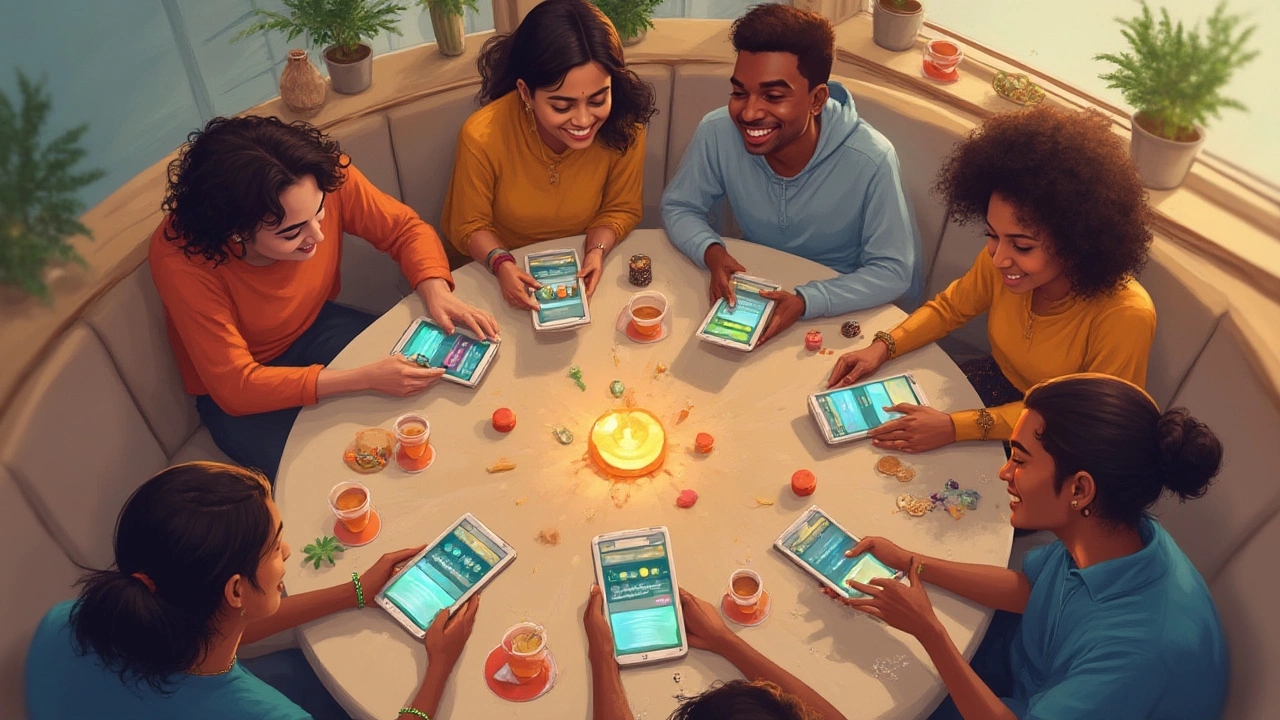Free Up Memory on Your Phone: Easy Tips for More Storage

If your phone keeps warning you it's running out of space, you’re not alone. Mobile apps have gotten bigger, photos stack up in the thousands, and most of us have at least a dozen videos we meant to edit “someday.” I’ve been there—standing in line, phone in hand, trying to delete enough blurry shots and memes to save an important document. Nobody wants to scroll through a sea of nearly identical cat pics just to get an extra 200 MB. The need for more memory strikes at the worst time. But there’s a better way. You can take control and free up memory on your phone with just a few practical tricks—and turn that endless ‘Storage Almost Full’ notification into a distant memory.
Find Out What’s Eating Your Storage
The first step before deleting random stuff? Figure out where your storage is going. Both iPhones and Androids have built-in tools for this. On iPhones, go to Settings > General > iPhone Storage. On Android, it’s usually Settings > Storage. The list might surprise you—sometimes it's not photos or apps gulping up space, but old podcasts and downloads. You might find that one game you played six months ago is taking up more storage than all your vacation photos combined. If you use any messaging apps a lot, check their storage usage—WhatsApp, for example, can store gigabytes of old voice messages, memes, and even videos. The storage breakdown is usually split into apps, photos, videos, cache, and system files. Getting the big picture is the first step, so you don’t just delete what you love while leaving real memory hogs untouched. When my wife Fiona realized her music app was storing dozens of offline playlists, the solution was just a few swipes away.
Delete the Junk: Cache, Downloads, and Duplicates
Every app wants to be helpful, so they stash stuff behind the scenes. Caches, redundant downloads, double-saved photos—it adds up fast. The system cache is a short-term storage spot apps use to run faster, but most phones don’t need old cache files hanging around. Android users can usually clear cache directly in Settings > Apps, selecting each app, then hitting “Clear Cache.” For iPhones, you’ll need to delete and reinstall an app or use “Offload App,” keeping files but removing the app itself. With downloads, those PDFs and documents stick around far longer than you think. Pop into your Downloads folder and there’s likely plenty you can toss. Duplicates sneak in through saved WhatsApp images, shared photos, or repeated downloads. There are apps—for both iPhone (like Gemini Photos) and Android (like Files by Google)—to help clean up duplicates in seconds. Imagine finding out you’ve been saving the same sunset photo twelve times and never even noticed.

Photos, Videos, and the Cloud Solution
Photos and videos eat up phone storage like nothing else. High-res photos can take up several megabytes each, and 4K videos are even hungrier. The weird thing is, half these files, you’ll only look at once. But parting with them can be tough—I mean, will I ever need that blurry selfie from the last family BBQ? Probably not, but deleting memories feels risky. The solution: backup and offload. Google Photos offers free storage at reduced quality or paid plans for original quality. Apple’s iCloud does similar, with paid tiers after 5GB. Amazon Photos is handy if you're a Prime member—that’s unlimited photo storage included. The trick is set up automatic uploads, then use the “Free Up Space” feature in Google Photos or similar in iCloud to clear local copies. Suddenly, your photos are safe and sound, but your phone can breathe again. Want to trim things further? Use a photo management app to scan for blurry shots, accidental screenshots, and accidental duplicates. When I did this last month, I found fourteen near-identical photos of my morning coffee that could go without a second thought. For videos, offloading to a computer or external drive—like a simple USB-OTG stick—can make a massive difference.
App Audit: What Stays, What Goes, and App Alternatives
We all download apps thinking they’ll change our lives—language learning, fitness tracking, budgeting, shopping, astrology, you name it. But if you haven’t opened an app in two months, odds are you won’t miss it. On most Androids, Settings > Apps will show last opened dates. On iPhones, it’s a bit hidden, but you can sort apps by usage under iPhone Storage. If you’re not sure, “offloading” might help—this removes the app but keeps your data (iOS feature), so reinstalling is quick if you change your mind. Also, look for lite versions of apps. Facebook Lite, Messenger Lite, and Gmail Go use way less storage without losing major features. For stuff like news, weather, or shopping, add the website to your home screen instead of downloading full apps—most sites work just as well in the browser. Music and podcast apps can stockpile huge amounts of data for offline listening. Check their in-app settings to delete old playlists, albums, or episodes you don’t need. When Fiona switched her favorite music app to “Stream Only,” she reclaimed over a gigabyte—just from a few forgotten downloads. Finally, disable or uninstall preinstalled “bloatware” if your phone allows it. Some phones hide away multiple apps running in the background, eating up storage bit by bit. Disabling them halts updates and background data creep, buying back a surprising amount of space.

Keep It Clean: Smart Maintenance Tips for Future-Proof Storage
Once you’ve carved out new space, the real trick is keeping your phone tidy. Schedule a quick storage check every month—just five minutes to clear old conversations, downloads, or cache. Set your photos to upload to the cloud automatically, and periodically use auto-clean functions in utility apps (Files by Google is great for Android, while iOS users might like CleanMyPhone or similar apps). Enable auto-delete for old WhatsApp or Telegram media—both apps have settings to automatically nuke stuff after 30 days. In your main app settings, look for ways to limit automatic downloads or old media. For group chat lovers, those endless memes and GIFs shouldn’t stick around forever. If you use Gmail, empty the spam and trash every so often; those old emails and their hefty attachments do pile up. Even settings like limiting Safari cache (on iOS) or Chrome data (on Android) help long-term. Remember, a clean phone runs faster, crashes less, and gives you fewer nagging notifications. If you ever worry about wiping too much—set up a backup first. Google One or iCloud backups ensure you can recover what really matters. With a little effort, you can keep your phone running smooth for years, not just months.